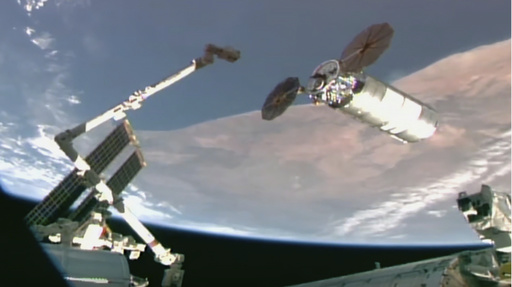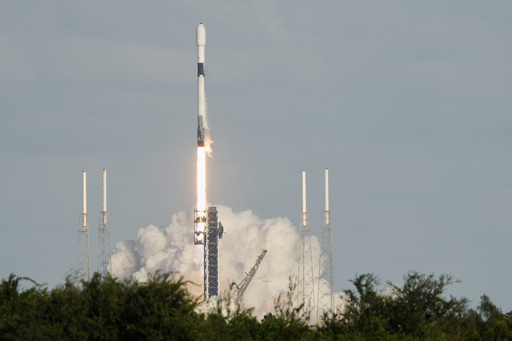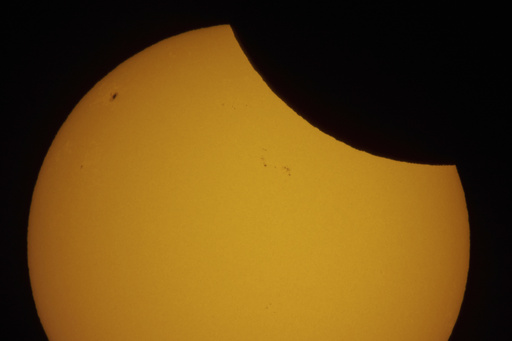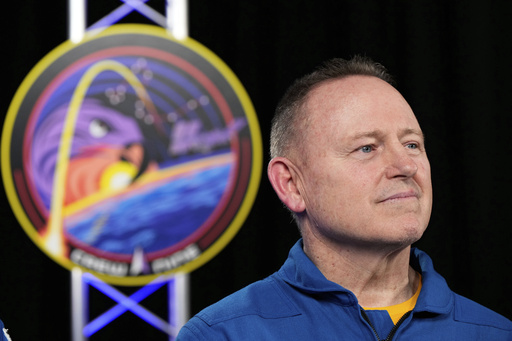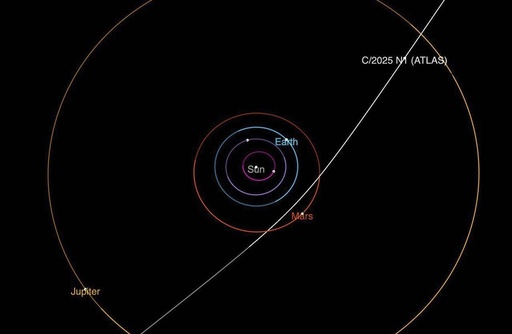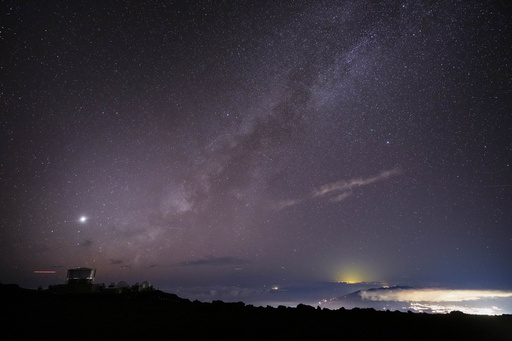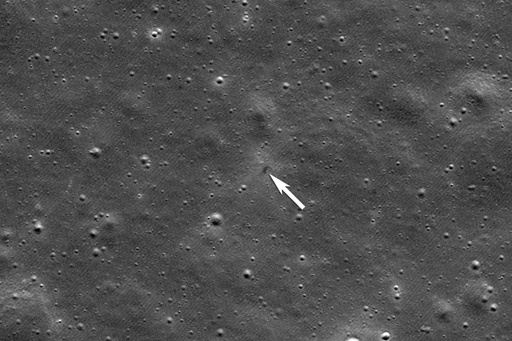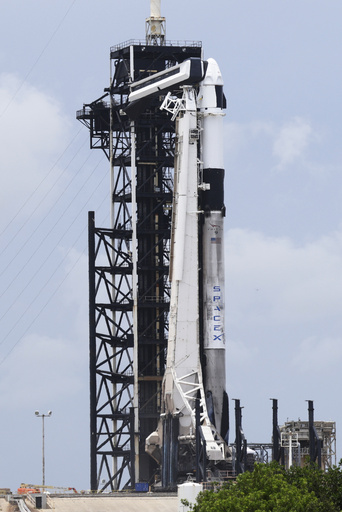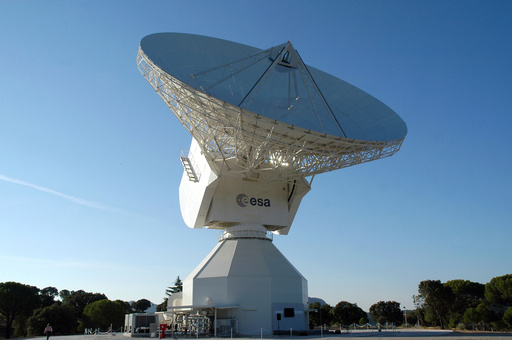
Interstellar comet swinging past Mars as a fleet of spacecraft looks on
A comet from another star system is swinging by Mars as a fleet of spacecraft trains its sights on the interstellar visitor. The comet will hurtle within 18 million miles of the red planet on Friday. Both of the European Space Agency’s satellites around Mars are already aiming their cameras at the speeding comet. NASA’s satellite and rovers at Mars are also available to assist in the observations. It’s only the third interstellar object known to have passed our way. Discovered in July, the comet poses no threat to Earth or neighboring planets.




